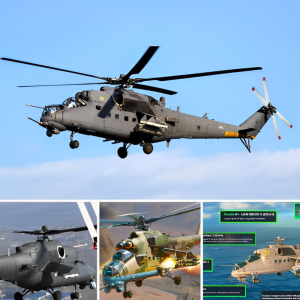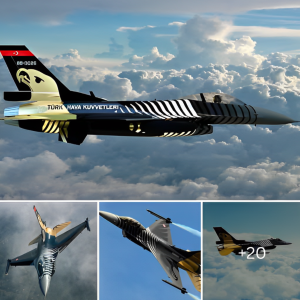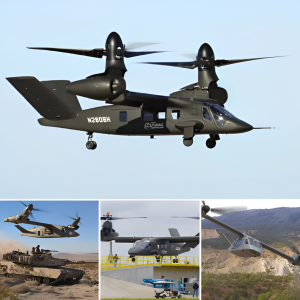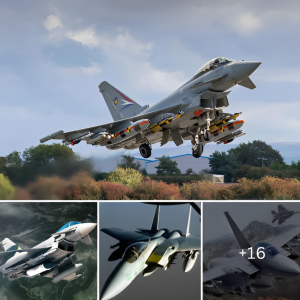If things had turned a little different, the YF-23 could have been the first fifth-generation stealth fighter jet in the U.S. military.
Instead, however, the U.S. military decided to go with the YF-22, which turned out to be the F-22A Raptor, the most capable air superiority fighter jet to ever take to the skies.
YF-23 – A New Fighter Jet For the Air Force
Everything began in the late 1970s. Then, the U.S. Air Force got concerned about a new generation of Soviet surface-to-air missiles and fighter jets and decided to replace the F-15—which, by the way, is still flying today.
Making a new fighter jet, or indeed any aircraft is no joke. The process, from conception to production, takes from a few years to decades, depending on the aircraft and the geopolitical situation. In a time of need, militaries are forced to push new aircraft much quicker out of the door and into the battle.
For example, during the Second World War, both the Allies and the Axis produced new aircraft at a frantic pace to keep up with the competition. The North American P-51 Mustang is a perfect example of this. Designed in 1940, the venerable P-51 was operational by 1942.
Today, however, that is no longer the case. Development for the F-35 Joint Strike Fighter, for instance, began in the 1990s, but the aircraft only became operational in 2015 (and 2019 for the Navy version).
So, when the Air Force started looking for a new generation of fighter jets after the Vietnam War, everyone knew that the process would be lengthy and competitive.
In 1986, the Air Force announced a competition for a new generation of fighter jet like the world had never seen. Two teams of companies were awarded demonstration contacts.
The first team was composed of Lockheed, Boeing, and General Dynamics and entered the competition with the YF-22. The second team, composed of Northrop Grumman and McDonnel Douglas, presented the YF-23.
The YF-23
Only two YF-23 prototypes were ever built. The first prototype was nicknamed “the Black Widow II” by the Northrop Grumman team because of its sleek black paint. The aircraft packed a pair of Pratt & Whitney YF119-PW-100 engines that gave the YF-23 to supercruise at Mach 1.43 (or about 1,088 miles per hour), meaning that it could maintain that airspeed without the use of its afterburners.
The second YF-23 prototype was nicknamed the “Grey Ghost,” again because of its characteristic paint, used General Electric YF120 engines that gave the aircraft a speed boost allowing it to hit March 1.6 (or about 1,217 miles per hour) in supercruise. All in all, the YF-23 could achieve a top speed of approximately Mach 2 (or about 1,522 miles per hour).
In comparison, the YF-22 competitor achieved Mach 1.58 (or about 1,202 miles per hour) in supercruise. But Lockheed Martin did a much better job marketing the aircraft, highlighting its high-g capabilities and maneuverability.
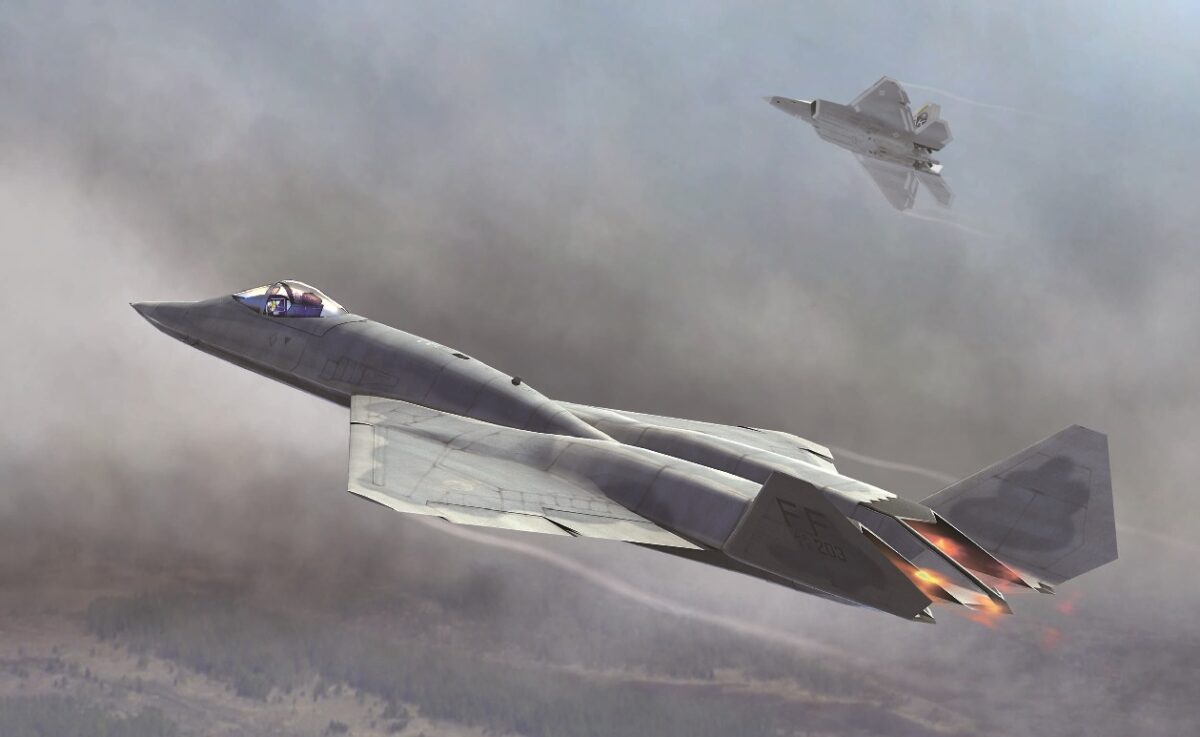
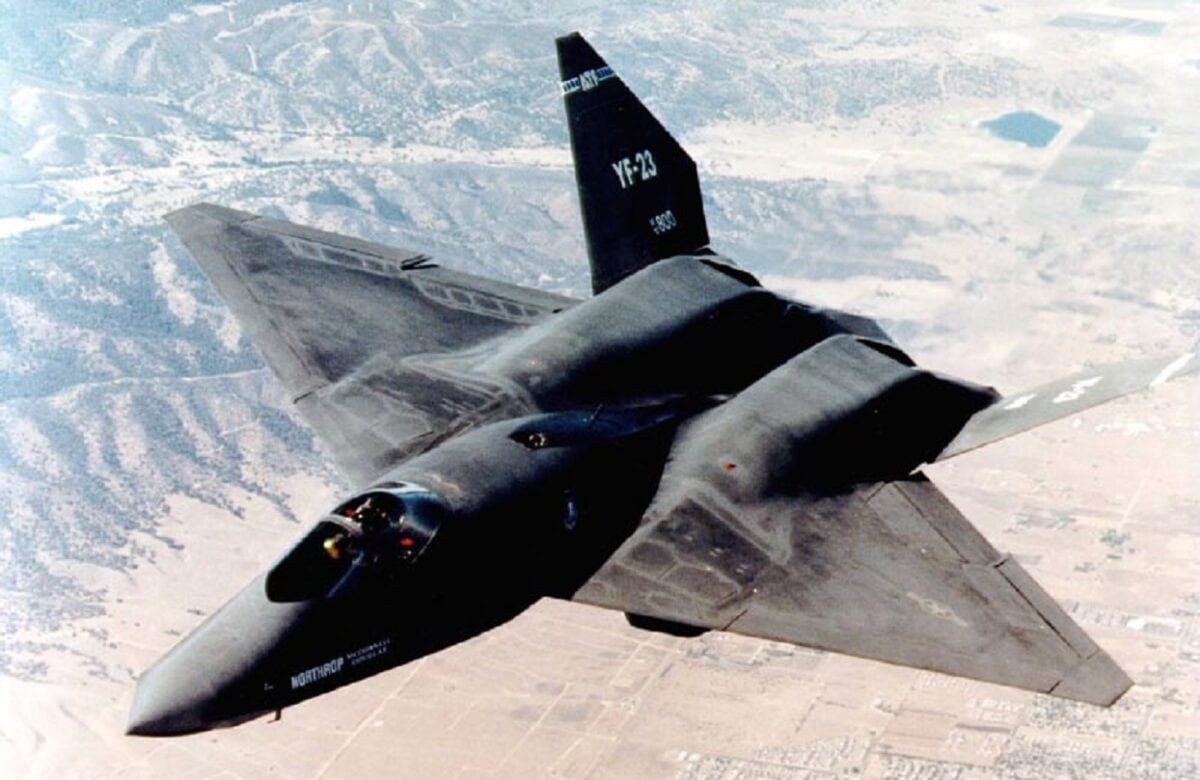
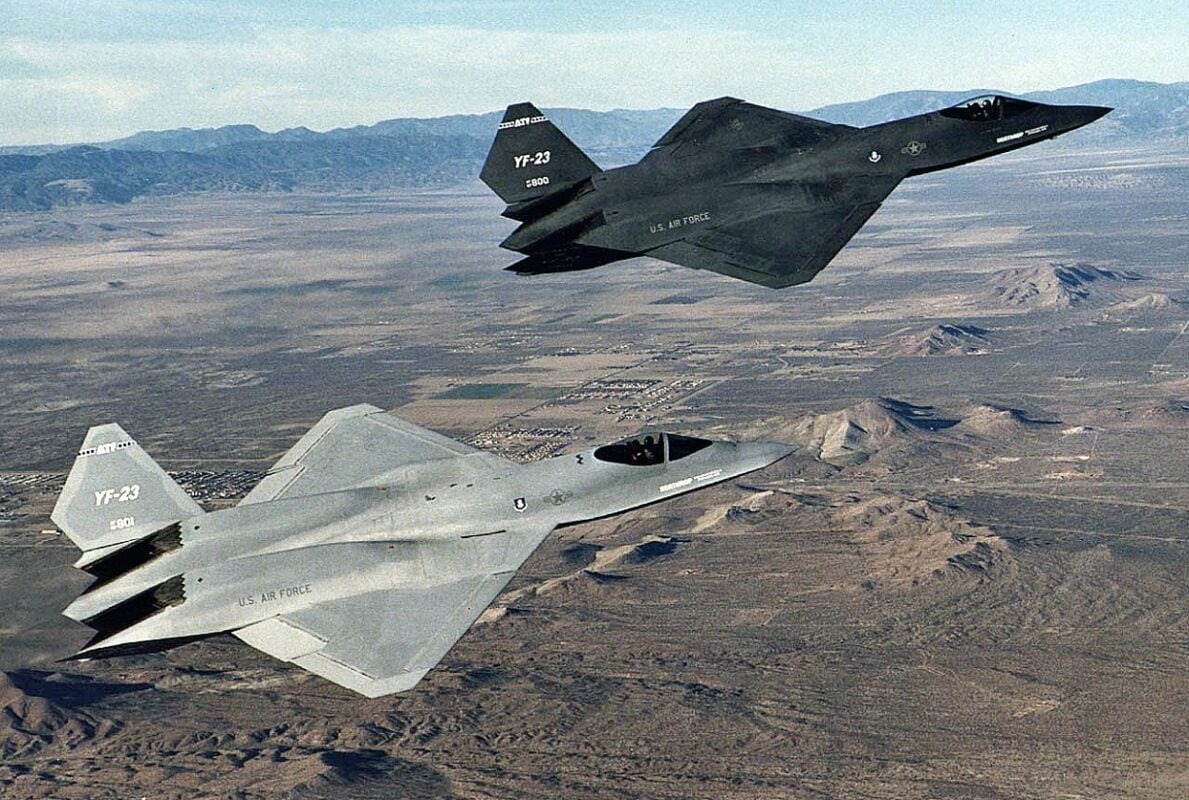
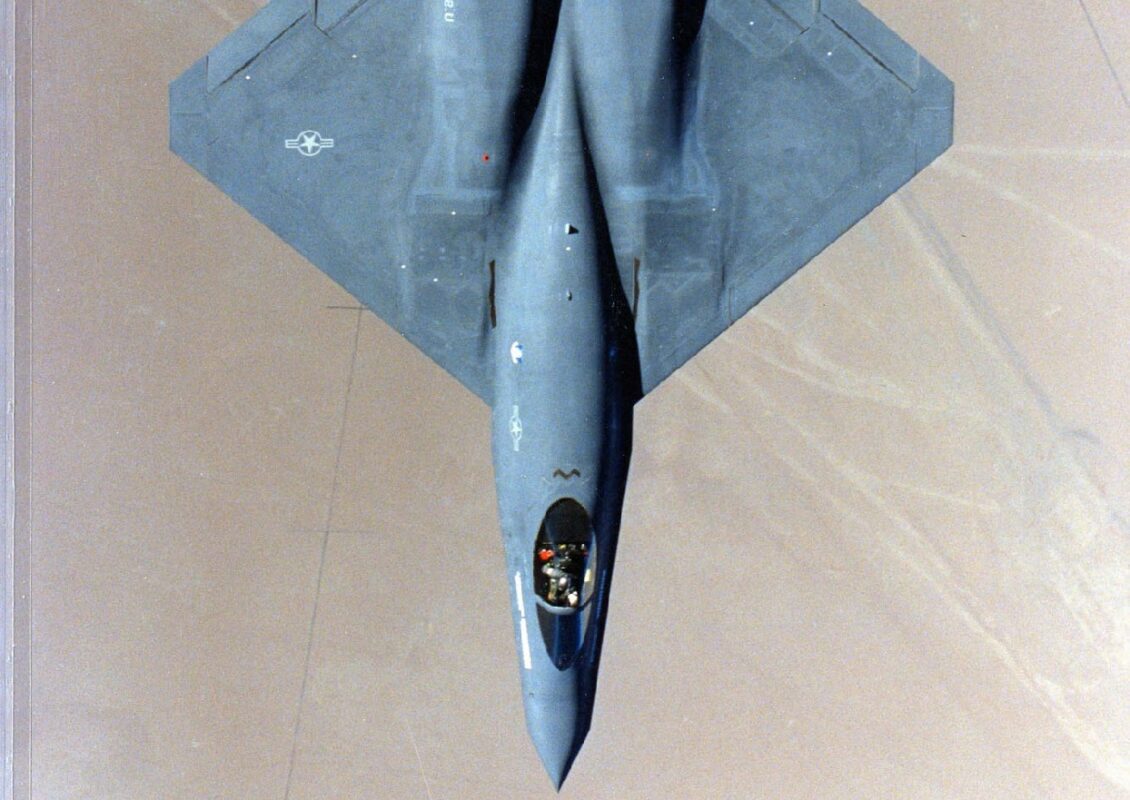
What the YF-23 had over its competitor was stealth. The Northrop Grumman team emphasized the stealth characteristics of its aircraft, opting to make it lighter. However, with less weight came decreased capabilities in some sectors. Contrary to its competitor, the YF-23 didn’t have thrust vectoring—the ability to direct the thrust of its engines for improved aerodynamic control—thus making it less agile in dogfighting.
It took the Air Force years of flight testing, but in the end, the futuristic YF-23 lost to the YF-22, which is still flying today as the F-22A Raptor.


